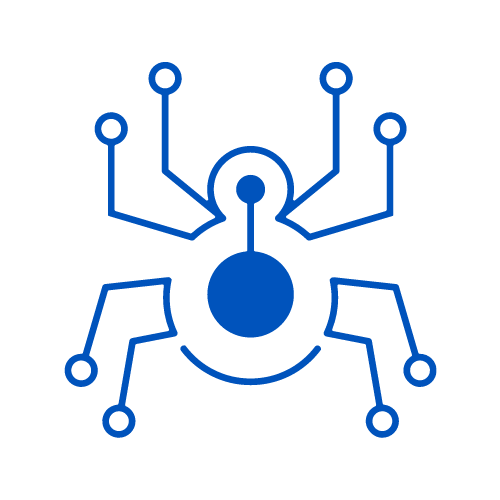The Evolution of Malware: Understanding Threats to Enhance Protection

Introduction
In the world of cybersecurity, malware stands as one of the most persistent threats. From its early inception in the form of simple computer viruses to today's sophisticated malicious software, malware has evolved significantly. By understanding this evolution, cybersecurity professionals and ethical hackers can develop effective strategies to protect systems.
- The Dawn of Malware
Malware, short for malicious software, has been a threat since the dawn of computing. In the early days, viruses like "Brain" (1986) and "ILOVEYOU" (2000) spread through boot sectors and email attachments, often causing significant disruption. The primary purpose of these early malware was more about showcasing the skills of their creators than about any economic gain.
- Rise of Advanced Malware Types
As the internet proliferated, so did the complexity and variety of malware. The focus shifted from notoriety to financial gain and cyber espionage.
a. Worms: Self-replicating malware like the "Code Red" worm (2001) exploited vulnerabilities in systems to spread rapidly.
b. Trojans: Named after the infamous Trojan Horse, these malwares disguise themselves as legitimate software. Notable examples include "Zeus" (2007), used for stealing banking information.
c. Spyware: This type of malware collects information on users without their consent. "CoolWebSearch" (2003) is a well-known spyware that redirected web browsers to advertisement sites.
d. Ransomware: This type of malware encrypts the victim's data and demands a ransom to decrypt it. Examples include "CryptoLocker" (2013) and "WannaCry" (2017).
- Modern Malware Threats
Today's malware is increasingly sophisticated, using advanced techniques like polymorphism, fileless attacks, and AI-driven functionality to evade detection. Advanced Persistent Threats (APTs), often state-sponsored, represent a significant modern threat, targeting organizations over extended periods.
- Mitigating the Threat of Malware
Understanding the evolution and operation of malware can help in devising effective defensive strategies.
a. Antimalware Software: Use of updated antimalware software can help detect and remove many types of malware.
b. Regular Patching: Keeping all systems and software updated can protect against malware that exploits vulnerabilities.
c. User Training: Many malware attacks, especially phishing, rely on human error. Training users to recognize such threats can significantly reduce risk.
d. Backups: Regular data backups can help mitigate the damage from ransomware attacks.
Conclusion
The evolution of malware reflects the changing landscape of cyber threats. As malware becomes more sophisticated, understanding its history and operation is crucial for anyone involved in cybersecurity. While the threat posed by malware is significant, a proactive approach to security can offer robust protection against these ever-evolving threats.





